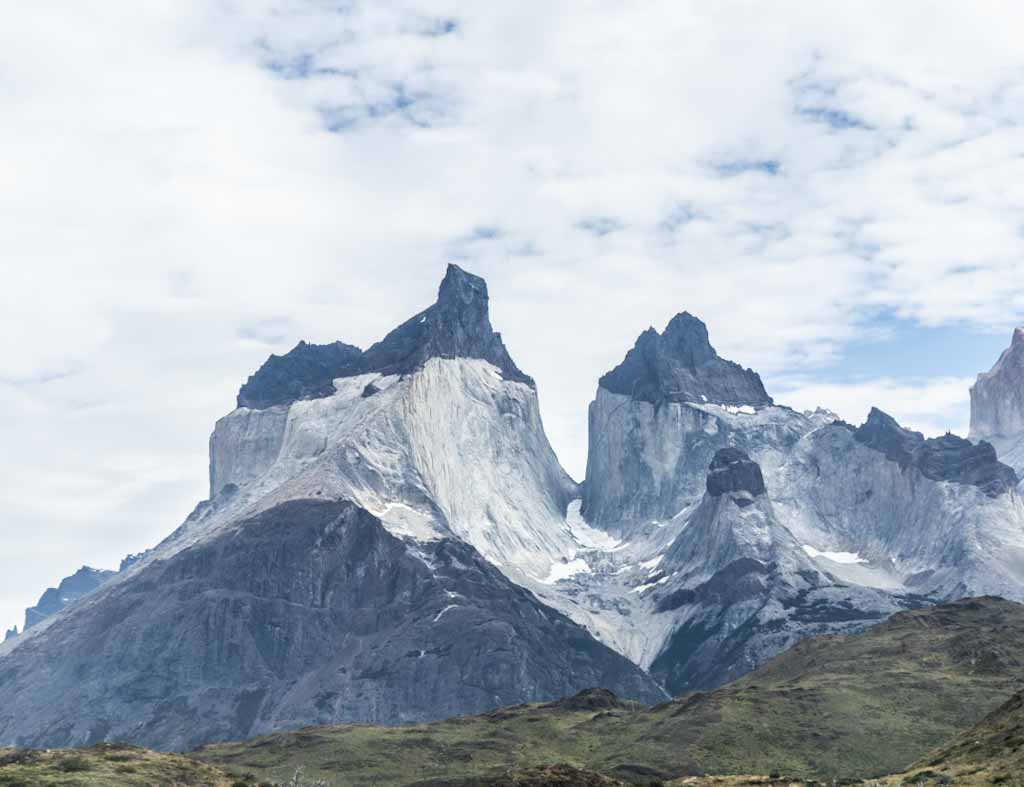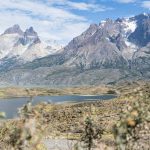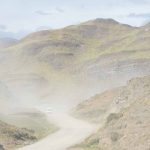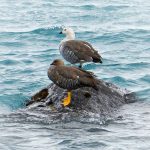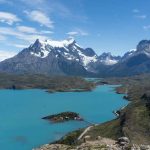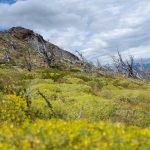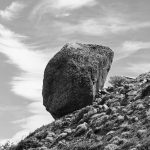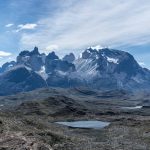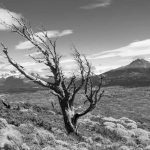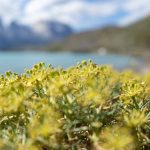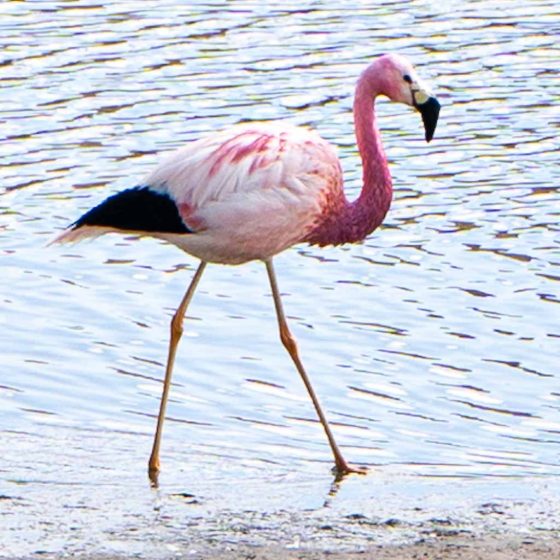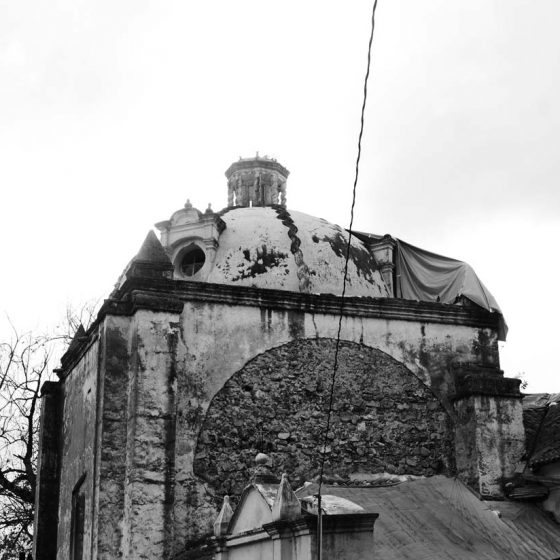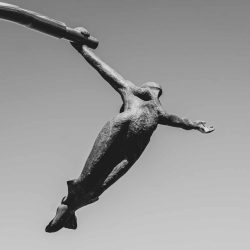In Chile they would love to include this national park in the list of seven wonders of the world. But Torres del Paine is not made by hand but by nature, in contrast to the seven wonders that have been elected.>/span>
Is Torres del Paine that good? That is of course the question hanging over its mystic name. And the answer, as always, isn’t black-and-white.
If you ask me: yes, it is goddamn beautiful and impressive. But there are plenty of other national parks, even in Patagonia. And Torres del Paine is hard to reach, quite a big detour, very expensive and very busy. So if you have the time and money, you just have to see this one. If you are short on both, I think it makes more sense to for example do the Carretera Austral and pick some day hikes left and right. But again, personal choice.
Facts
First the basic facts. So Patagonia stretches fromn Puerto Montt (or Hornopiren) in the northern part all the way to Puerto Natales (or even Punta Arenas). The northern part has the 1.200 kilometres long Carretera Austral road running through it, until Villa O’Higgins. That part of Patagonia is only connected to the southern bit (where Torres del Paine is) by boat or small planes in Chile, or over the road through Argentina.
Torres del Paine is around 110 kilometres north of Puerto Natales, a two hour drive until the entrance. Transport can be booked online through Bus Sur (the biggest) and other companies, which depart from the Rodoviario (bus terminal). Costs are around 20.000 pesos back and forth, and there are several drop-off points in the park.
Because, yes, Torres del Paine is huge with 1.600 square kilometres. Where you get off the bus depends on what you do. There is an array of options, but it boils down to the choice between:
- multi-day hikes: the most well-known is the W, named after the rough shape of the itinerary. For this you need to take the catamaran in the heart of the park to the starting point. The O is even longer than those five days. Both have huge bottlenecks though: your fitness, and especially the availability of campings. These can book out many months in advance. Doing the W or the O from guesthouses wthin the park is pretty impossible, as it is too hard to reach the daily starting point. So find a camp site, or forget it
- day hikes: you can do these yourself or with tour companies. And if you do them yourself, you can either do them from Puerto Natales on a long day or sleep in the park in guesthouses and hotels. The latter option is prohibitively expensive in high season though, the first option very tiring, especially if you are doing several one day hikes (almost) back-to-back. I did the easy 1,5 hour hike from Camping Pehoe to the mirador (lookout) El Condor and then another unnamed mountain nearby, in a curve of the road 300 metres beyond the Explora hotel. That summit is higher and better (coordinates are -51.1153864, -72.9689414). But there are plenty of day hikes available, the most famous and busy one to the lookout of Las Torres
Areas of Torres del Paine
The area where I went, around Lago Pehoe, is considered the heart of the park. It is south of the central mountain range, with views of Frances (more to the left) and Los Cuernos (the ‘horns’, the distinctly shaped tops of the mountain).
You can venture even further, by taking the catamaran. This brings you closer to the Grey glacier area to the west, though this is even more expensive because of the catamaran. The Grey glacier is another beautiful day hike.
And then there is Las Torres, the three distinctive peaks side by side. These can be seen from afar, when you approach the area from the eastern side where the most popular entrance is. From there (after checking your QR code) smaller buses take you to the starting point of the hike.
Reservation
Yes, QR codes. You also need to reserve your entrance if possible, which makes you less flexible. For day hikes you need the ticket for 1-3 days (around 25.000 pesos). For 4 or more days (the multi-day W and O hikes) you pay around 10.000 pesos more. So coming here is not easy nor cheap. The same goes for Puerto Natales by the way…
You can also await the weather forecast and reserve as late as possible, or not at all and buy at the entrance gate of course. But with 200.000 people visiting annually, it is becoming congested in high season. Not to mention that the availability of campsites is a major bottleneck for multi-day hikes, so then you have to reserve your ticket in advance anyway.
Links to more info
Now that was already a lot of information and organization. But the rules change all the time, as does transportation. So I would not pretend to be the best source for information here. Here is a link to blogs with more specific and/or up-to-date info:
